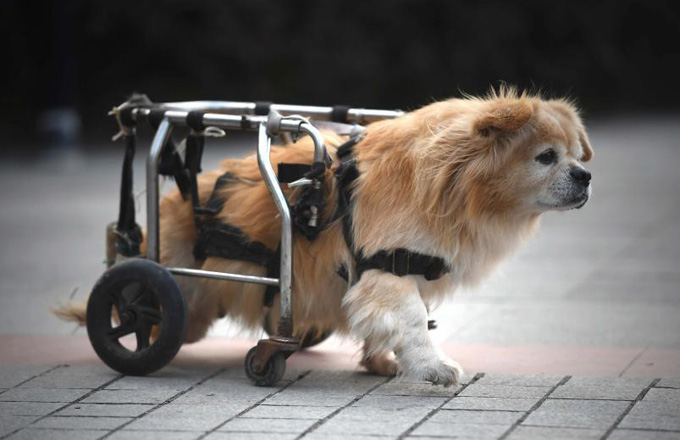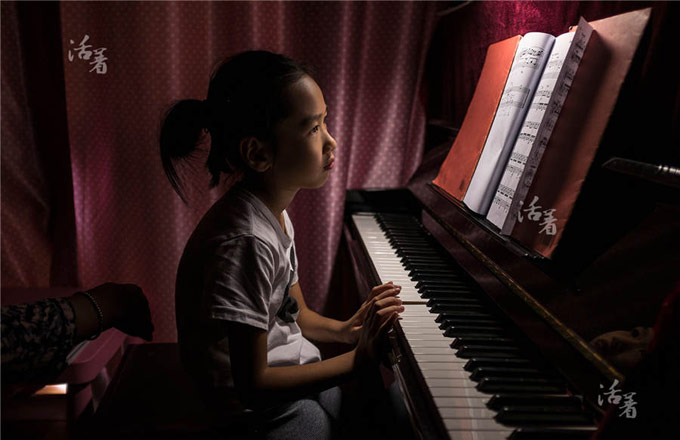Bringing new hope to poorest people on plateau
Editor's note: This is the second of a series of special reports China Daily is publishing on efforts to eradicate poverty and raise living standards in rural areas, especially among the nation's ethnic groups.
Sonam Tenzin has a clear understanding of what modern material wealth would mean to him: treatment and medication for his elderly, disabled mother, and his aunt and uncle; money to pay his mortgage; and a decent education for his two sons.
However, Sonam lives in Nyingchi, a prefecture-level city in the poverty-stricken area around the Yarlung Zangbo River basin, where making a living has never been easy.
Most residents of this impoverished area in the southeast of the Tibet autonomous region live on the meager crops they grow on the sparse farmland and earnings from selling matsutake mushrooms they pick in nearby forests.
The 27-year-old Tibetan is separated from his wife, so he single-handedly supports his sons and his three aging relatives.
"We are just getting by. After all, I have to manage all the financial ins and outs myself," he said.
Last year, the family's situation went from bad to worse when their house was severely damaged by fire. Despite help from a support fund established by the regional government, Sonam had to take out a bank loan of 60,000 yuan ($8,690) to repair the building.
Authorities estimate that 590,000 people-about 20 percent of Tibet's population-still live below the government's designated annual poverty threshold of 2,300 yuan in disposable income.
Like Sonam Tenzin, most of those badly affected by poverty live in the region's margins, challenged by the harsh natural environment and an underdeveloped transportation infrastructure that makes traveling difficult.
Nyima, deputy head of the Nyingchi office for poverty alleviation, said isolation is one of the main problems for the region's poorest inhabitants.
"Some people live on high mountains and others in deep valleys that are too harsh to provide a decent life. Many have long been troubled by illness or disability," he said, adding that much of the remaining poverty in Nyingchi, which has a population of about 250,000, centers on households that lack able-bodied workers.
However, there are many cases in which villagers don't try hard enough to change their lives, according to Nyima, who like many Tibetans uses just one name.

























